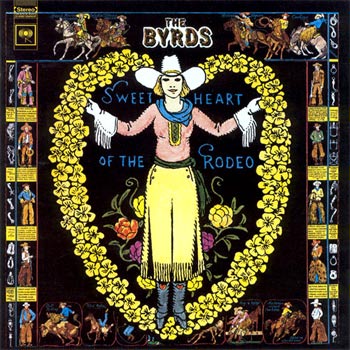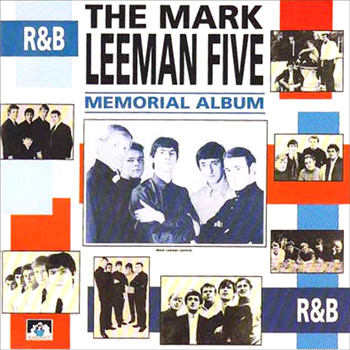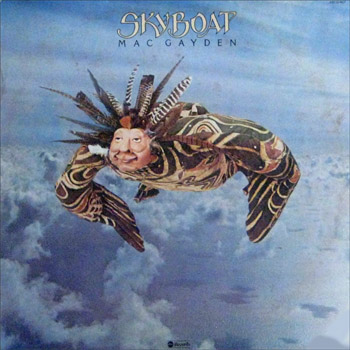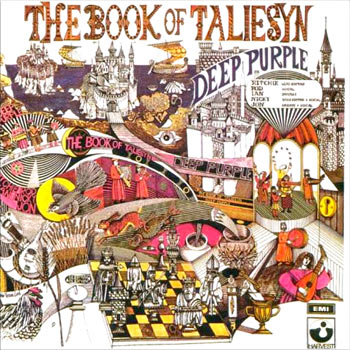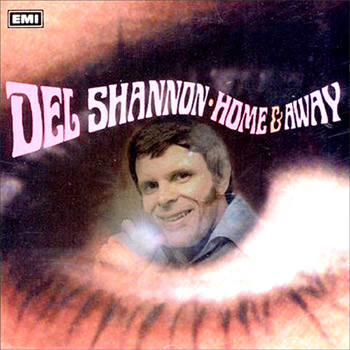News “Hot Off The Press”
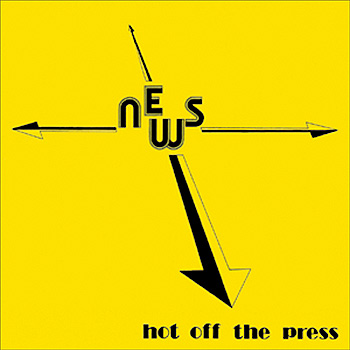
Definitely not what I was expecting from a 1974 private pressing with a strangely modern sleeve and a pedal steel guitarist. News, who were four or more lads from Yale University, had the late 60s sound nailed down five years too late, but who’s to complain about a throwback to the best era in rock history? Hot Off The Press is a unique and unknown LP featuring super tight performances, lovely four-part harmonies, and songs that won’t take long to get comfortably lodged in your head.
Kicking off with a pysch-flavored spliced radio parody performed by some of the band members, Hot Off The Press gets right into its first sweet spot with “Loser,” showcasing Mark London’s expert and refreshingly twang-free steel. Throughout the record’s nine songs he has no trouble fitting the instrument in with a pop/rock sound, and essentially designs the rare flavor of this record with soaring, jazzy licks. There are a couple pretty tough rockers, and I must agree with Llama where he labels “One Night Stand” a “so-so Creedence ripoff.” But lighter fare like “Ooo La La” and “Misty Day” (one of the band’s first songs) groove with the sunny sound of Montage. I love the jabber at the end of optimistic bopper “Easy Street:” “…somebody’s way off key…I was doing a 7th,” which adds just the right amount of silliness to this laid-back affair. “Farmer’s Daughter” gets bonus points for the album’s second Beach Boys reference and “New York City” ends the original lineup with an 8-minute jam that finally belies News’ sixties psych disguise. Bonus tracks include the 60-second radio bed that got the band their first shot in the recording studio (1970) and an early demo recording of “Misty Day.”
The CD package is a mini-repro as faithful to a vinyl sleeve as I’ve ever seen, the extensive details of the News story told by principal songwriter Bob Pretcher in the liners. But if you’re willing to shell out some bucks, I’d say go for one of the limited 1974 sealed pressings available direct from Yoga Records. Don’t miss this excellent reissue.
“Ooo La La”
![]() CD Reissue | 2010 | Riverman/Yoga Records | buy from yoga ]
CD Reissue | 2010 | Riverman/Yoga Records | buy from yoga ]
![]() Original Vinyl | 1974 | private | ]
Original Vinyl | 1974 | private | ]
